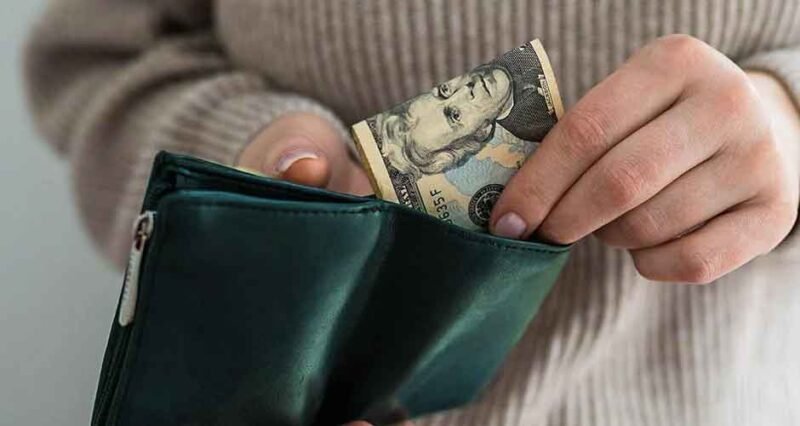
Navigating the different options for sending money can be confusing, especially if you’re unsure where to send a money order or even how to use one. Money orders are a secure way to send cash, especially when other forms of payment are not viable or preferred. This beginner’s guide will break down the essentials, helping you understand when and how to use a money order effectively.
What is a Money Order?
A money order is a prepaid paper document, similar to a check, used for making payments. The key difference is that money orders are prepaid, meaning they must be paid for at the time of purchase. This feature adds an extra layer of security, as the payment is guaranteed not to bounce, unlike a personal check. Money orders are widely accepted and can be purchased at various locations, including post offices, banks, and retail stores.
Money orders are particularly useful when you must mail a payment or if the recipient requires guaranteed funds. They’re also a good choice if you don’t have a checking account or prefer not to share your bank account details.
When To Use a Money Order
Money orders come in handy in several scenarios. If you’re dealing with a transaction requiring a secure payment form and the recipient does not accept checks or electronic payments, a money order is a great alternative. They are also ideal for sending money through the mail, as they can be tracked and canceled if lost or stolen.
Another common use case is when you need to pay but wish to avoid any potential issues with personal checks, such as insufficient funds. Since money orders are prepaid, they assure the recipient that the payment will not be returned.
Western Union states, “Western Union® money orders offer a reliable, convenient alternative to cash or a check. Use them to give a gift, make a purchase, or even pay a bill.”
Purchasing a Money Order
Buying a money order is straightforward. First, you need to find a location that sells them—post offices, banks, and some retail stores are common places. When purchasing a money order, you’ll need to provide the payment amount plus a small fee for the service. You’ll then fill out the money order with the recipient’s name, your name, and any additional information required, such as your address or account number.
It’s crucial to keep your receipt after purchasing a money order. This proof of purchase contains information needed to track or cancel the money order.
Filling Out and Sending a Money Order
Filling out a money order is similar to writing a check. You must write the recipient’s name in the “pay to” or “pay to the order of” field. Writing legibly and using the recipient’s legal name is important to avoid any cashing issues. In the purchaser’s section, include your name and address. Some money orders also have a space for a memo or account number, which is useful if you’re paying a bill.
Once filled out, double-check all the information for accuracy. Then, it’s ready to be sent to the recipient. Depending on urgency and preference, you can mail it, deliver it in person, or send it via a courier service.
Cashing a Money Order
If you receive a money order, cashing it is simple. You can cash a money order at various locations, including banks, post offices, and retail stores. When cashing, you must endorse the back of the money order by signing your name. It’s also advisable to bring a form of identification to verify your identity.
Be aware of any fees associated with cashing the money order, especially if you’re not cashing it at your bank. Some locations may charge a fee or offer the service for free only to their customers.
Money orders are a reliable and secure payment method, especially in situations where other forms of payment are not ideal. Whether you’re sending money through the mail, dealing with a transaction that requires guaranteed funds, or simply don’t have access to a checking account, money orders provide a practical solution. By understanding when and how to use them, you can navigate your financial transactions with confidence and ease.

